As one of the main export industries, seafood exports have encountered many difficulties since the end of last year. What are the difficulties that are directly affecting the export of this product, madam?
 |
| Ms. Le Hang – Communications Director of Vietnam Association of Seafood Exporters and Producers (VASEP) |
Seafood exports this year have faced many difficulties and in the first 5 months of the year have decreased by 28-29% compared to the same period last year. There are 3 basic reasons for this decline. Firstly, in addition to the general inflation situation, seafood is one of the essential goods. Therefore, in 2022, when the market recovered, importers rushed to import to stock up, causing very high inventories. Up to now, there are still a lot of inventories in major markets, combined with inflation, causing import demand and consumption demand in the markets to decrease compared to 2022 and many previous years.
The second factor is that the competitiveness of Vietnamese seafood is strongly affected by other producing countries such as Ecuador and India. They have large supplies and much lower production costs than Vietnam. In particular, shrimp, the main product in the seafood group, is facing fierce competition from these two markets in all major consumer markets such as the US, EU, and China.
The third reason is that the financial “health” and endurance of farmers, fishermen and seafood processing enterprises have declined significantly because domestic production costs have increased, consumption has slowed, inventory storage costs have increased, etc., leading to difficulties in borrowing capital because banks consider it a risk. That is the reason why seafood exports have decreased and this trend may continue in the future.
In addition to exports, in recent years, seafood businesses have shifted to the domestic market. What results has the development in the domestic market brought to the industry, especially in the context of difficult exports?
In recent years, many seafood enterprises have considered the domestic market as one of the important market segments and brought positive revenue to the enterprise. Enterprises that produce many products with high added value will also have a certain position in the domestic market. VASEP also has a domestic consumption business club with 30 enterprises. There are enterprises with domestic revenue accounting for 30-50% of total sales.
The main products imported into the domestic market today are value-added products that are suitable for the characteristics of the Vietnamese people, especially in the North. However, many frozen products are difficult to access the market. A difficulty for businesses consuming domestic products for many years is that despite having a large space, accessing traditional retail channels in the domestic market is very difficult. Because most of the large retail channels are owned by foreign retailers, Vietnamese seafood products are having to compete right at home. Or the story related to increased discounts after many years is still a difficulty for businesses in the domestic market.
Therefore, many businesses find that after many years, exporting is still more convenient and easier to penetrate than domestically. That is what we need to look back on to find solutions to help businesses better capture the domestic market, especially in special contexts such as epidemics or when the export market is difficult.
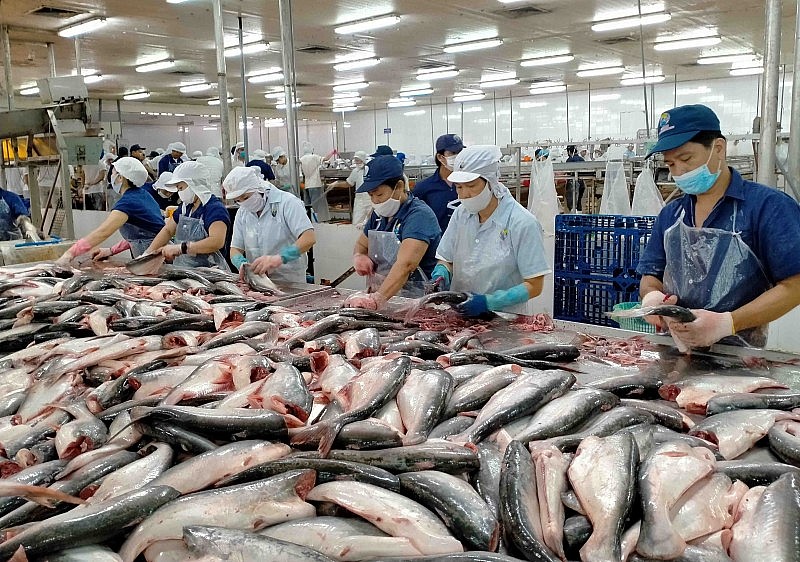 |
| Seafood businesses still have a lot of potential in the domestic market. |
The export market is expected to face many difficulties. Meanwhile, the domestic market is considered to have much potential. What recommendations do you have for businesses that have or are planning to develop in the domestic market?
We realize that the domestic market is still being left open for many Vietnamese seafood enterprises due to objective and subjective factors, due to business habits that are more export-oriented, and product structure that serves more exports.
To pave the way for businesses that want to consume domestically, I have a few recommendations. Specifically, businesses need to proactively adjust their product structure to suit the domestic and export markets because each market has different characteristics. There needs to be more understanding of consumer habits in each region. Seafood businesses are currently concentrated in the Central and Southern regions, so to access the market, it is necessary to research each region to have products suitable for each market.
In addition, it is necessary to reach deeper into popular retail channels in many different markets and residential areas to bring goods closer to consumers.
In addition, it is necessary to study more carefully the consumption trends after the Covid-19 pandemic and the characteristics of the post-Covid-19 market such as more developed online transactions to have better penetration into the domestic market.
In the coming time, what do you expect from the policies of governing agencies such as the Ministry of Industry and Trade to facilitate trade activities?
I strongly agree with the two keywords: communication and connection. From the association's perspective, we appreciate that the Ministry of Industry and Trade has had many programs to stimulate domestic consumption such as Vietnamese people prioritize using Vietnamese goods. But I see that the communication is not deep enough, not strong enough for businesses to know more about the programs of the Ministry and the Department.
We also have more specific connection programs with businesses and industry associations to expand the domestic market for seafood businesses to remove difficulties in accessing the retail market and accessing consumption trends in the domestic market.
In addition, many businesses want to return to the domestic market, but seafood businesses, especially the pharmaceutical industry of VASEP, say that it is still difficult to reach consumers because consumers still prefer foreign goods. These are difficulties that we expect to have coordination with the Ministry of Industry and Trade to solve. We also hope to have stronger stimulus programs and reduce VAT to bring convenience to seafood businesses.
Thank you!
Source link






![[Photo] President Luong Cuong receives Prime Minister of the Kingdom of Thailand Paetongtarn Shinawatra](https://vphoto.vietnam.vn/thumb/1200x675/vietnam/resource/IMAGE/2025/5/16/52c73b27198a4e12bd6a903d1c218846)
![[Photo] Prime Minister Pham Minh Chinh and Prime Minister of the Kingdom of Thailand Paetongtarn Shinawatra attend the Vietnam-Thailand Business Forum 2025](https://vphoto.vietnam.vn/thumb/1200x675/vietnam/resource/IMAGE/2025/5/16/1cdfce54d25c48a68ae6fb9204f2171a)


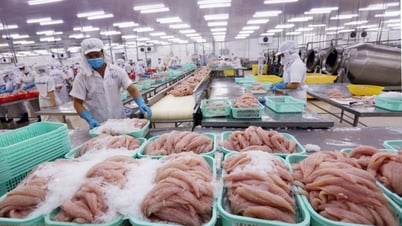
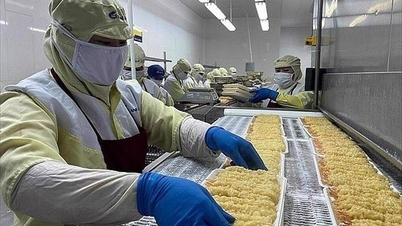

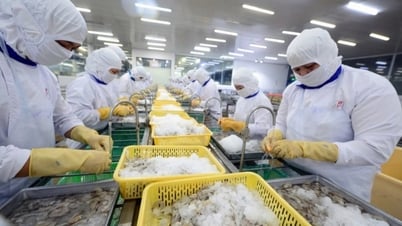

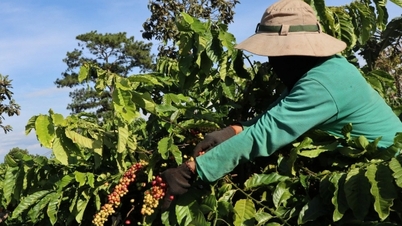







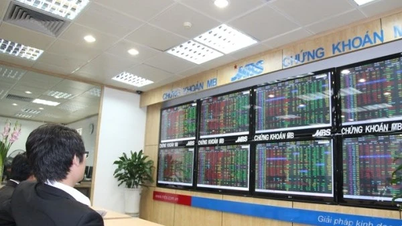





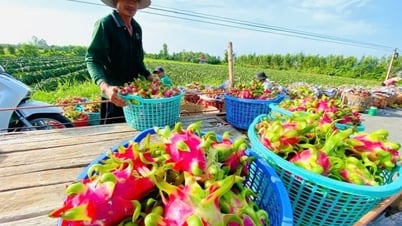

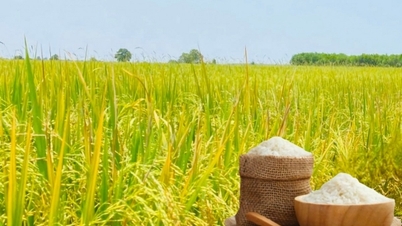
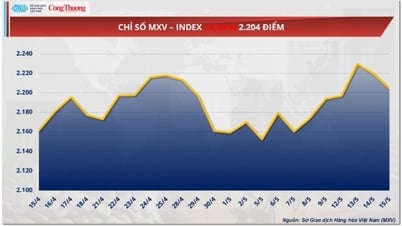


![[Photo] The Prime Ministers of Vietnam and Thailand witnessed the signing ceremony of cooperation and exchange of documents.](https://vphoto.vietnam.vn/thumb/1200x675/vietnam/resource/IMAGE/2025/5/16/935407e225f640f9ac97b85d3359c1a5)






























































Comment (0)